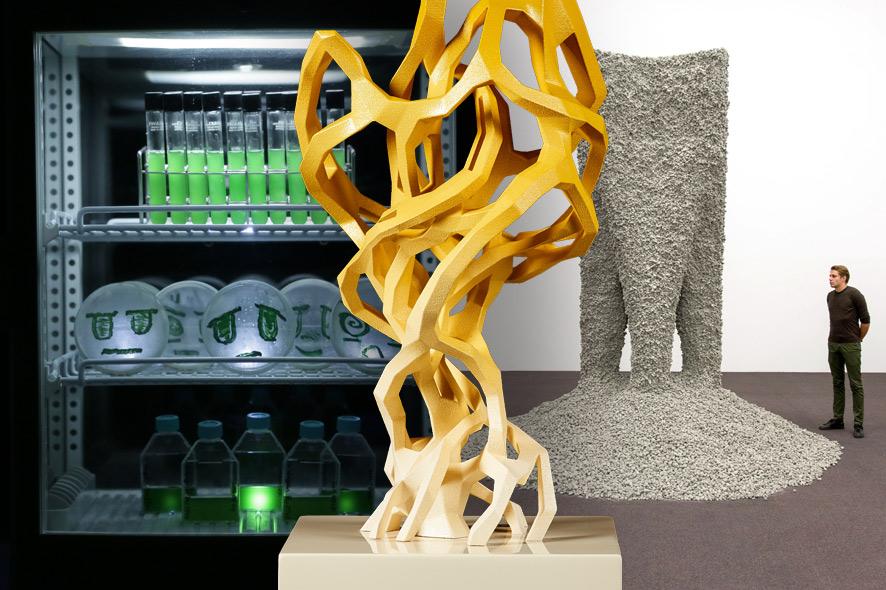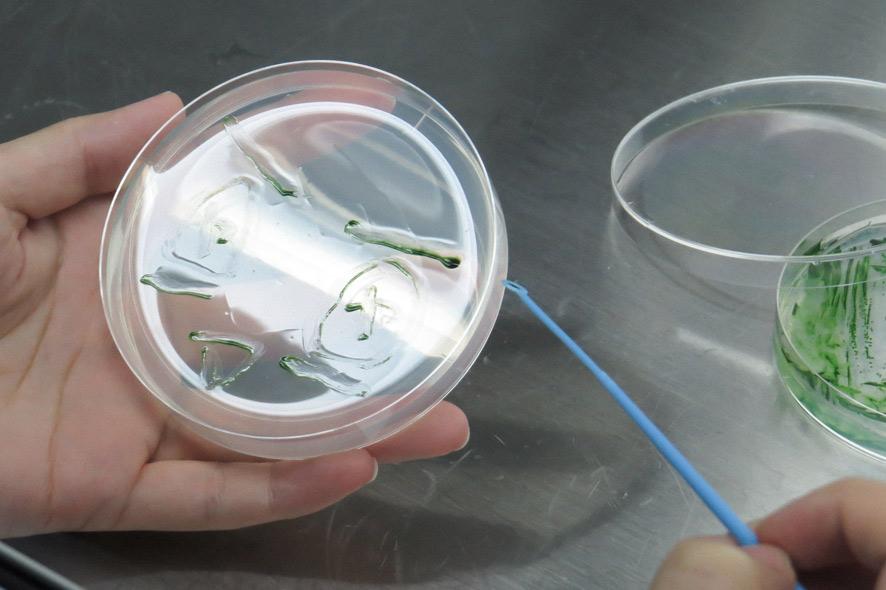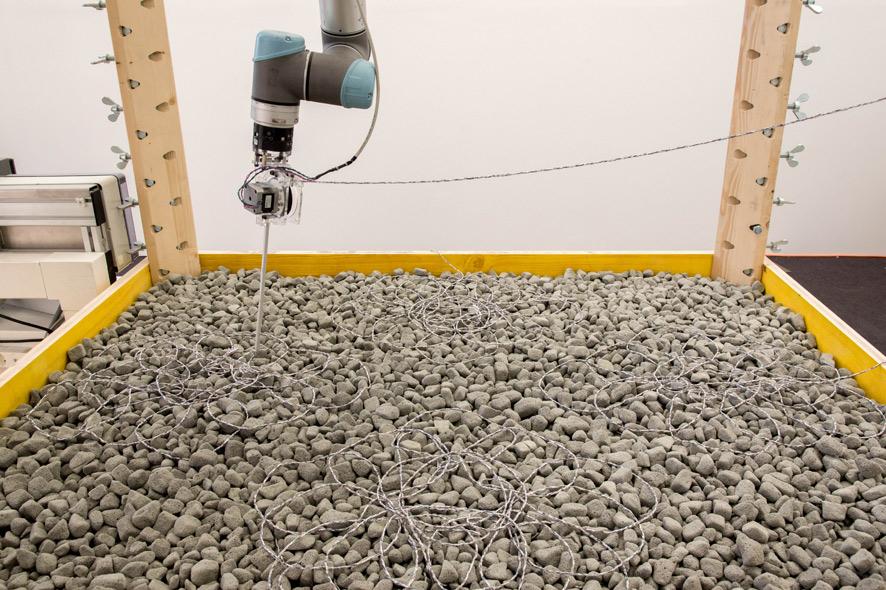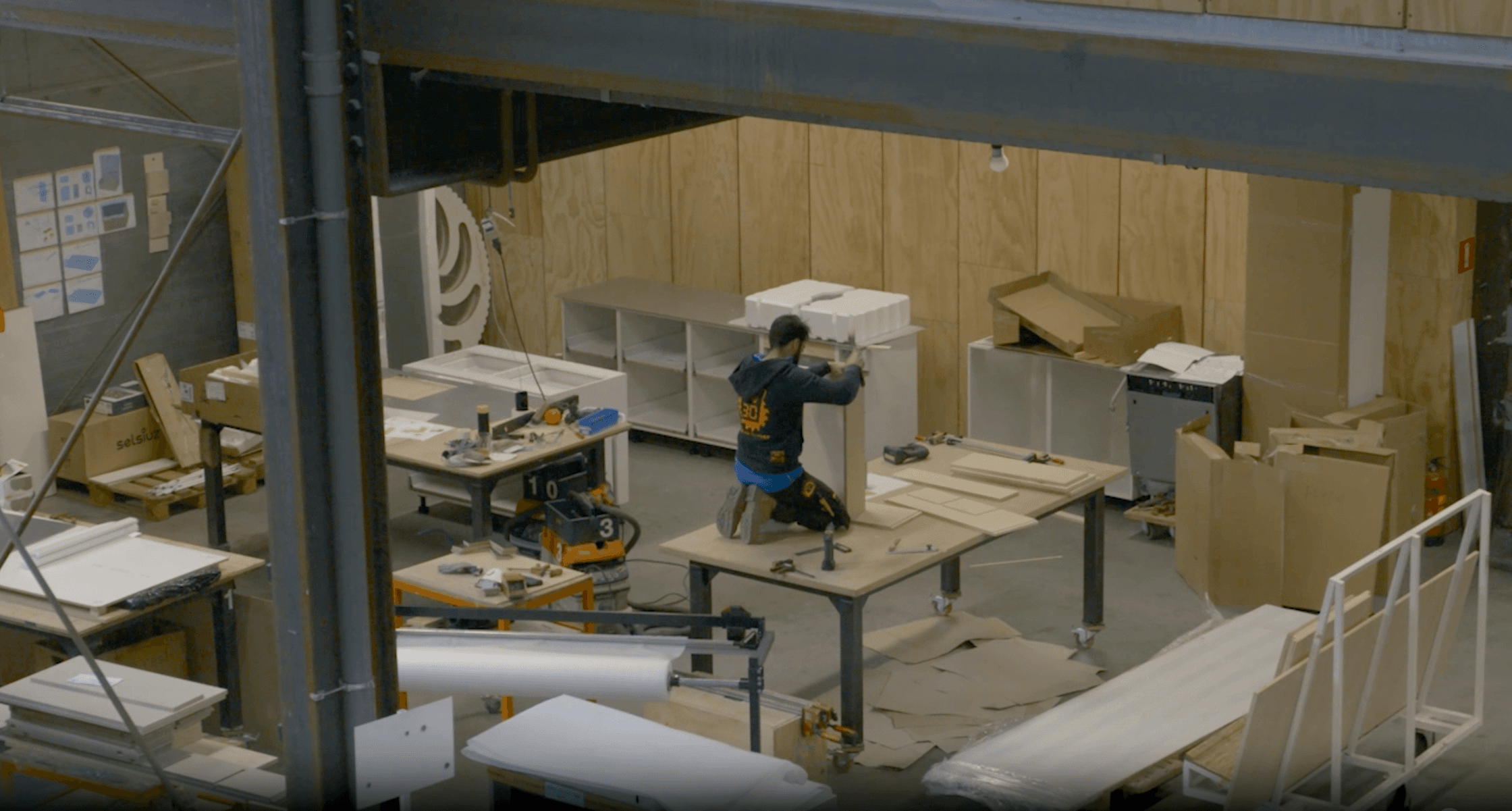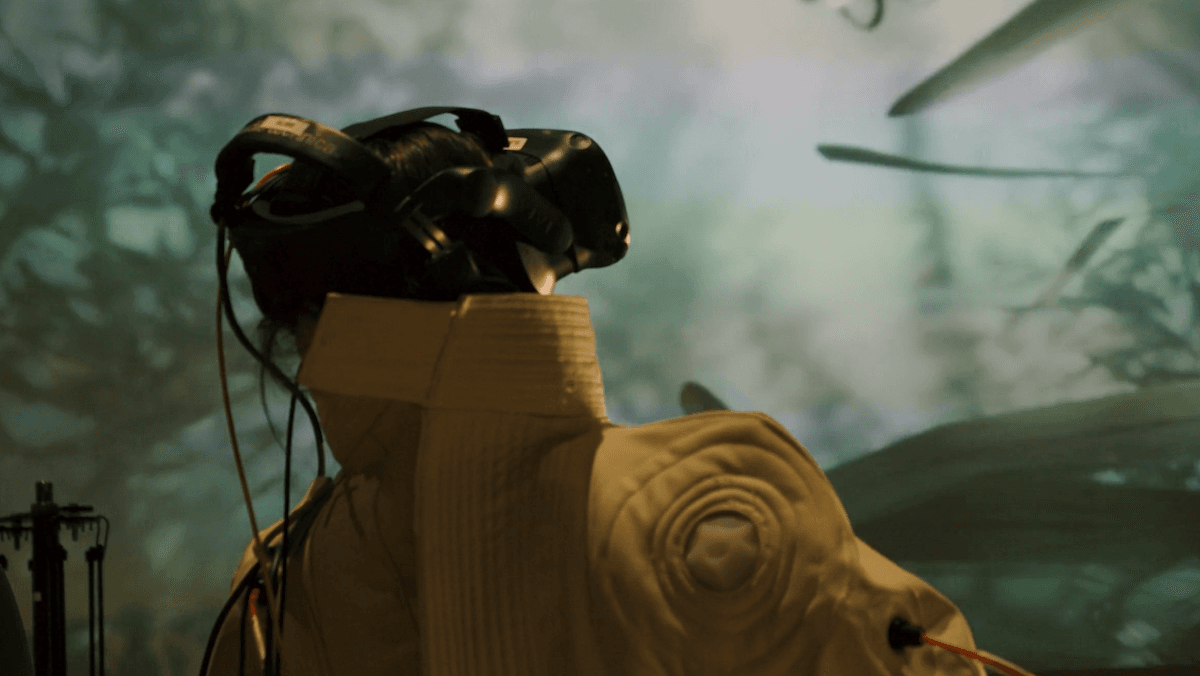This year’s STARTS PRIZE recipients come from Japan and Switzerland. “I’m Humanity” garnered the Grand Prize for Artistic Exploration for Etsuko Yakushimaru; the Grand Prize for Innovative Collaboration goes to Gramazio Kohler Research at ETH–Swiss Federal Institute of Technology in Zurich and the Self-Assembly Lab at MIT for their “Rock Print” installation.
In addition to their STARTS trophy, the winners in both categories receive €20,000 and can look forward to prominent appearances in Amsterdam, Brussels and Linz. STARTS stands for Science, Technology and Arts. The STARTS Prize, an initiative of the European Commission, spotlights people and projects making a significant, lasting contribution to Europe’s social, ecological and economic future. The aim is to foster innovation for and in Europe. Waag, of Amsterdam, Brussels-based BOZAR and Ars Electronica Linz were commissioned to conduct the STARTS PRIZE proceedings. 2,977 entries from 97 countries were submitted for 2017 STARTS PRIZE consideration.
2017 Grand Prize Artistic Exploration:
I’m Humanity / Etsuko Yakushimaru
Etsuko Yakushimaru’s mission in creating “I‘m Humanity” is to ensure that music will endure even in a future without human beings, and that a successor species will be able to (re)discover our music and play it back. Traditionally, music is first composed, then sung or played, and finally copied and replayed—often with variations—by other interpreters. Via radio, LP, cassette, CD or cloud, music is transmitted over space and through time, passed down from generation to generation, disseminated, and incessantly modified and developed further. The relationship between the music and the medium in this process resembles the one between genes and DNA, and that is precisely what inspired Etsuko Yakushimaru to create “I‘m Humanity.”
She first composed a pop song, and then translated it into DNA—that is, into a nucleic acid sequence. This DNA material was input into macro-molecules that are responsible for transmitting genetic information from one generation to the next, and all the macro-molecules were then implanted into the chromosomes of cyanobacteria. Genetically modified in this way, the microorganisms’ DNA now carries encoded music, and this information will be inherited by the next generation. If humankind becomes extinct one day and the cyanobacteria survive, a future species will be able to access our music from this code.
2017 Grand Prize Innovative Collaboration:
Rock Print / Gramazio Kohler Research, ETH Zürich und Self-Assembly Lab, MIT
“Rock Print” is a monolithic installation that was developed by architects, engineers, material science specialists and physicists at ETH Zurich and MIT, and made its debut at the Chicago Architecture Biennial 2015. The four-meter-high installation consists solely of loose granular material and a 9.1-kilometer-long string. The installation’s shape and design are attributable to the physical principle of jamming, whereby a material that, on the molecular level, rather resembles a liquid—in this case, a low-grade granulate—can, when subjected to high pressure, assume a fixed shape. And these researchers have submitted proof that this is feasible in the form of “Rock Print.”
Just like in 3-D printing, the installation is built up layer by layer. First, a specially programmed robot lays out string in a complex pattern upon which the researchers pour a layer of granular material. And then comes another layer of string, followed by another layer of granulate. The end result is a four-meter-tall sculpture weighing about a ton; in fact, it’s the material’s own weight that prevents this towering object from collapsing. “Rock Print” points out the potential of 3-D printing for the architecture of the future. It combines resource efficiency, additive construction principles and new design options, and does so in a way that minimizes costs. The researchers’ vision goes far beyond fascinating architectural projects; it points the way to a new digital approach to building.
Read more about the winning projects, Honorary Mentions and Nominations of the year 2017 on starts-prize.aec.at! We congratulate the award winners!
